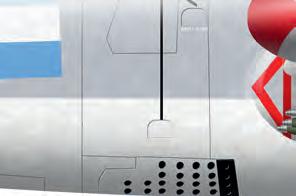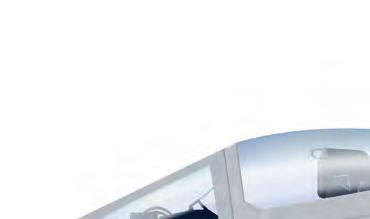




Today it may come as something of a surprise to see so many countries opting to purchase the F-35 stealth fighter from Lockheed Martin. It has, after all, been more than three decades since the last such combat aircraft sales bonanza and times have changed somewhat.
But America has famously been the arsenal of democracy since the Second World War – supplying the latest, or nearly the latest, weapons technology to friendly nations across the globe. And its most high profile defence export has always been fighter aircraft.
Some have seen relatively modest use beyond their native land; few foreign users adopted the F-80 Shooting Star, the F2H3 Banshee or the F9F in either Panther or Cougar form. Even newer types such as the F-100 Super Sabre, F-101 Voodoo, F-102 Delta Dagger, F-8 Crusader and F-14 Tomcat were rarely operated by America’s allies.
Yet seemingly for every ‘miss’ there was a ‘hit’ so spectacularly successful in terms of production numbers and individual air force users that it put jet fighters produced by every other nation outside the Soviet Union in the shade.
The first such success was the Republic F-84G Thunderjet, which equipped countries across Europe and beyond during the early 1950s. This was swiftly followed by the F-84F Thunderstreak but both were soon eclipsed by the incredible North American F-86 Sabre. For the first time with the Sabre, US jet fighters were manufactured in significant numbers abroad as well as being exported from America.
The next big hit would come less than a decade later with Lockheed’s F-104 Starfighter – a type largely unwanted by the USAF which became a huge sales success abroad, being picked up by the majority of NATO countries albeit under somewhat… controversial circumstances in some cases.
The first truly modern US jet fighter to be widely exported
JP Vieira is an illustrator producing military history and aviation-themed artwork.
He is entirely self-taught and aims to constantly improve both the technical and digital methods. His attention to detail and constant pursuit of improvement makes his artworks both accurate and artistically pleasing.
JP is a published artist, collaborating with several authors, editors and publishers.
was the McDonnell Douglas F-4 Phantom II. Designed from the outset with flexibility in mind, it proved to be a good fit for many air forces and remains in service today thanks to a host of upgrade programmes. More successful even than the venerable Phantom was Northrop’s relatively simple and lightweight – but also highly dependable and long-lasting – F-5 Freedom Fighter/ Tiger II. The F-5 has served with more air forces than any other US fighter and continues to serve despite production lines having long since closed.
Then during the 1970s, in the wake of the Vietnam War, came an incredible trio of fighters – the McDonnell Douglas F-15, General Dynamics F-16 and Northrop-developed/McDonnell Douglas-built F/A-18. Together these superbly capable multirole aircraft continue to provide the backbone of US-aligned nations’ air forces all over the world. The F-35, it seems, is picking up where they left off – although their stories are by no means over, with new examples of all three (allowing that the F/A18E/F continues the lineage of the earlier models) still rolling off production lines.
This publication cannot, of course, provide every detail about every exported airframe ever supplied by the US; the myriad upgrade programmes rolled out over the years, the many political twists and turns of military hardware for export, and the detailed operational histories of many thousands of aircraft are beyond the scope of the text contained herein. I have instead attempted to provide the bare essentials for each type and its operators to accompany the beautiful artworks of renowned aviation illustrator JP Vieira – which are the main feature of this book. I hope you enjoy marvelling at the incredible variety of designs as much as I have.














































































































































































































































































































































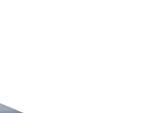































































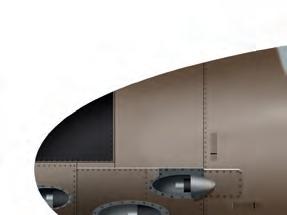

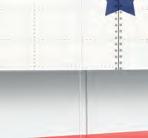


The F-80 was the United States’ only operational jet when the USAF was formed in 1947 and it remained in American service till 1958. Exports of around 130 surplus F-80C airframes commenced in 1957 – exclusively to six South American nations.

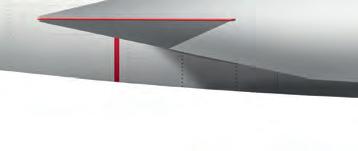


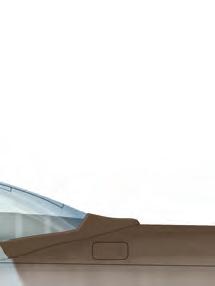





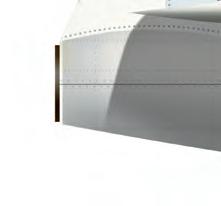
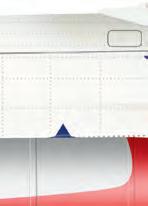










The Lockheed engineering team led by Clarence L ‘Kelly’ Johnson were given the task of designing a new jet ghter around the British Halford H-1B engine on May 17, 1943. A design proposal was completed the following month and the rst prototype was subsequently manufactured within just 143 days.



The airframe was delivered to Muroc Army Air eld in Southern California, today known as Edwards Air Force Base, on November 16 but the rst engine delivered from Britain was damaged during a ground test the following day when the aircraft’s intake ducts collapsed. A replacement was urgently







sought and the rst XP-80, serial 4483020, rst ew on January 8, 1944. It was tted with the last working H-1 then in existence – which had had to be removed from the prototype of the de Havilland Vampire before it could be shipped to the US.

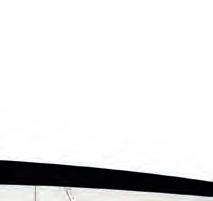
Tests showed that the aircraft, nicknamed ‘Lulu-Belle’, could reach a top speed of 502mph at 20,480ft. The second and third prototypes, both given the new XP-80A designation, were powered by an American development of British jet pioneer Frank Whittle’s engine designs – the General Electric I-40, later built by Allison as the J-33. The first was
painted in pearl grey, earning it the nickname ‘Grey Ghost’, while the second was left unpainted and later became known as the ‘Silver Ghost’.
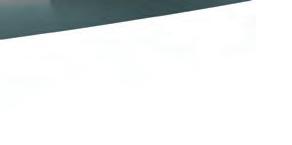

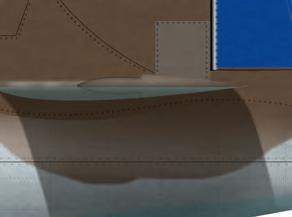












The ‘Ghosts’ were both used for engine and intake testing and while this was under way some examples of the next batch of 12 aircraft, designated YP80A, began to enter service in late 1944. A 13th YP-80A was built and modi ed for photo reconnaissance but was destroyed in a crash in December 1944.
Just two pre-production YP-80A Shooting Stars saw active service during the Second World War, operating brie y from Lesina air eld in Italy with the 1st Fighter Group. Another two were

Lockheed F-80C Shooting Star, 4200, 1º/4º Grupo de Aviação, Força Aérea Brasileira (1st /4th Aviation Group, Brazilian Air Force), Fortaleza Air Base, Ceará, Brasil, 1960. Brazil operated 33 examples of the Shooting Star, using them for operational conversion. This was the commander’s aircraft painted in a special colour scheme.

Lockheed F-80C Shooting Star, J-342, Grupo n.º 12, Fuerza Aérea de Chile, (Group No. 12, Chilean Air Force), Chabunco Air Base, Punta Arenas, Chile, 1967. In the latter years of its operational career, Chilean Shooting Stars were painted in camou age colours; several were deployed to southern Chile, in the midst of border tensions with Argentina.

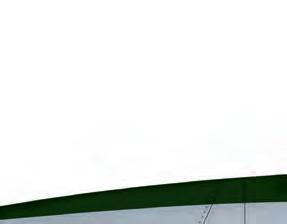

stationed at RAF Burtonwood in Cheshire for demonstration and test ying only.
Powered by a single J-33-GE-9 jet engine mounted centrally in its fuselage, the production model Shooting Star was aerodynamically clean and was therefore able to reach an impressive 536mph in level ight at 5000ft – though only when fully painted and without wingtip fuel tanks.


In natural metal nish and with rangeextending wingtip tanks, performance tests showed top speed to be just over 500mph – placing it behind most of its jet-powered contemporaries. Nevertheless, 344 P-80As were ordered

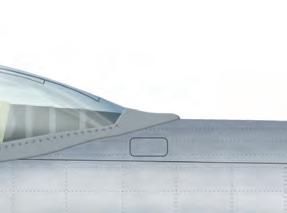




in February 1945. The P-80B had an improved J-33 engine and, for the rst time, an ejection seat – which was then retro tted to the remaining P-80As. The P-80C had the largest production run, with 798 examples built. In addition, 129 P-80As were upgraded to P-80C spec for a total of 927 P-80Cs. The type was then redesignated F-80C in 1947.


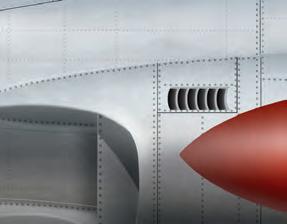


lost on active service during the Korean War – including 113 shot down by antiaircraft re and 14 in air-to-air combat.

The F-80C continued in USAF and Air National Guard service into the mid-1950s and during January and February 1957, the American government decided to prop up the ailing Ecuadorian government by supplying a squadron of 13 F-80Cs under its Military Assistance Program. These would be supplemented by three more and eventually six surviving examples were returned to the US in 1965.
Soviet jet ghters. A total of 277 F-80s were












Both the F-80C and RF-80 photo reconnaissance version saw action during the Korean War – which quickly demonstrated that the F-80 had already been superseded by the next generation of Soviet jet ghters. A total of 277 F-80s were
National and the up supplying its would and were out
The same programme was rolled out to other South American nations
the following year, providing F-80Cs as replacements for aging P-47s that had been supplied some years earlier. Chile received 18, Colombia got 16 and Uruguay got 14. Brazil got the most – a total of 33 – and Peru received 16. The latter had actually ordered four brand











new F-80Cs in 1947 but these had never been delivered. Only Peru’s F-80s would see anything close to action, with one being used to persuade a rebellious garrison to surrender.

The last operational exported F-80s were retired by Uruguay in 1975 to 1970






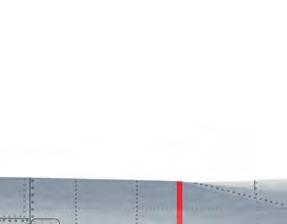
Lockheed F-80C Shooting Star, FT-642, Escuadron de Combate 2112, Ala de Combate No. 21, Fuerza Aérea
Ecuatoriana (2112 Fighter Squadron, N.º 21 Combat Wing, Ecuadorian Air Force), Taura Air Base, Guayas Province, Ecuador, 1960.
Ecuadorian F-80s operated for around seven years, before being returned to the USA in 1965.


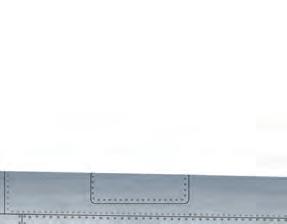
Lockheed F-80C Shooting Star, 221, Grupo de Aviacion n.º 2 (Caza), Fuerza Aérea Uruguaya, (Aviation Group N.º 2 (Fighter), Uruguayan Air Force), Tte. 2º Mario W. Parallada Air Base, Durazno, Uruguay, 1958.
Shooting Stars were the rst combat jets operated by the Fuerza Aérea Uruguaya and they were used until the late 1960s.

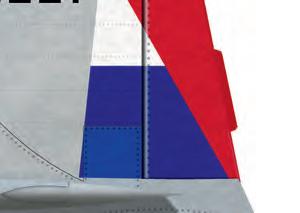


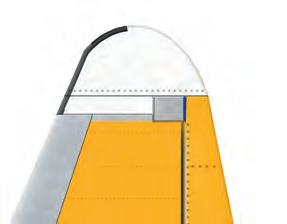





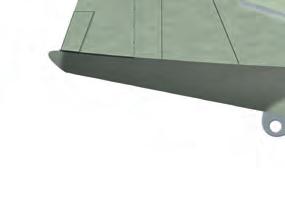





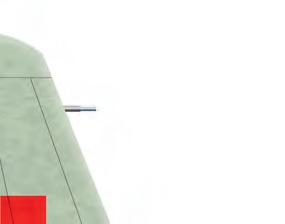


The basic McDonnell F2H Banshee was essentially a bigger Phantom with better engines but the variant exported, the F2H-3, was larger still with a longer fuselage, new wings and a new tail. Canada was the type’s sole overseas operator.



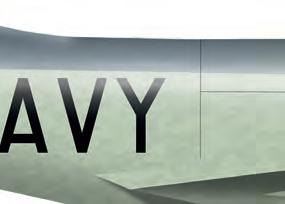









McDonnell received a contract to build three prototypes of its scaled-up Phantom design on March 2, 1945. These would each be powered by a pair of 3000lb thrust Westinghouse J34-WE-22 turbojets and armed with four 20mm cannon clustered together in the nose. The foldable wings were straight and each had four external hardpoints, allowing the Banshee to carry bombs or rockets weighing up to a total of 1540lb.
had an ejection seat and could be tted with wingtip fuel tanks for improved range. Fourteen became F2H-2N night and all-weather interceptors with the addition of the AN/APS-19A radar in a new lengthened plastic nose section, the cannon being shifted further aft.
piston-engined Hawker Sea Fury F.B.11s, but by the time the necessary funds were in place McDonnell’s Banshee production line had already been dismantled. The Canadians therefore purchased 39 ex-US Navy F2H-3s.
The rst of these were collected by RCN pilots from NAS Quonset Point, Rhode Island, on November 30, 1955, and own to Shearwater, Nova Scotia.
The rst prototype XF2H-1 ew on January 11, 1947, and an order for 56 production model F2H-1s followed on May 29. An order for the improved F2H-2 was placed even before the rst F2H-1s had been delivered. This second variant was the most-produced Banshee with 364 examples rolling off McDonnell’s St
The F2H-2 was powered by J34WE-34s, producing 3250lb of thrust,
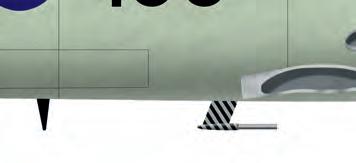





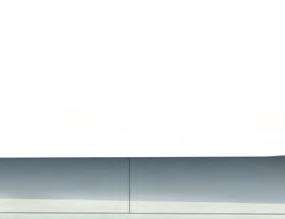
Three RCN Banshee units were established – VF-870, VF-871 and VX-10, a test squadron – and they nally received the last of their ‘new’ Banshees on June 16, 1958. While the US Navy retired its Banshees from front line service in 1959, the Canadians continued to operate them for three more years, sometimes aboard the carrier HMCS Bonaventure. During that time most were wrecked as a result of accidents so that few remained when VF870, the last of the three Banshee units, Louis production line.
were no longer always necessary, and . During were was disbanded in 1962.











With the success of the F2H-2N, McDonnell now proposed a thoroughly revised Banshee as a purpose-built allweather interceptor – the F2H-3. This had the same engines of its predecessor but inside a 7ft longer fuselage with enlarged wings and a completely redesigned tail unit. It maintained some parts commonality but was practically a new aircraft. The fuselage could house two new fuel tanks, which meant that tip tanks were no longer always necessary, and inside the nose was an AN/APQ-41 radar. The US Navy ordered 250 examples. Meanwhile, the Royal Canadian Navy wanted new F2H-3s to replace its aging
McDonnell F2H-3 Banshee, 103, 871 Naval Air Squadron (VF-871), Royal Canadian Navy/Marine
Royale Canadienne, HMCS Bonaventure, 1956.
Canadian Banshees were shore-based at Nova Scotia but also saw deployment aboard the HMCS Bonaventure aircraft carrier.
McDonnell F2H-3 Banshee, 381, 870 Naval Air Squadron (VF-870), Royal Canadian Navy/Marine
Royale Canadienne, Royal Canadian Naval Air Station Shearwater, Nova Scotia, 1958.
Canadian Banshees could carry the AIM-9B Sidewinder air-to-air missile, supplementing their guns for aerial combat.



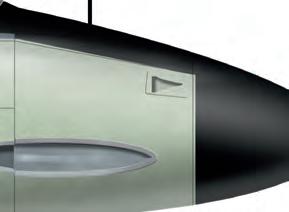
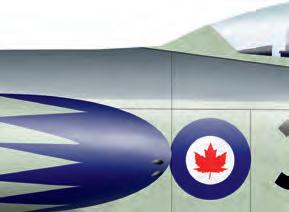

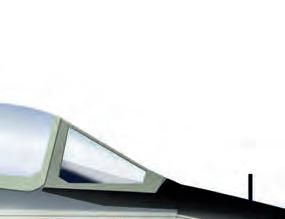
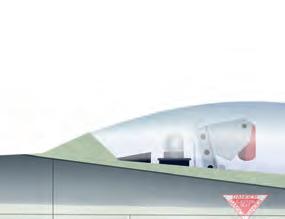
Argentina was the only foreign operator of Grumman’s capable F9F series jet ghters – the straight-winged Panther and its swept wing successor, the Cougar.

The US Navy chose a singleengine all-metal straightwinged jet ghter design proposed by Grumman for development as the XF9F-2 and XF9F3 in early 1947. The former would have Pratt & Whitney’s 5000lb thrust J42-P-6, while the latter had Allison’s 4600lb thrust J33-A-8.







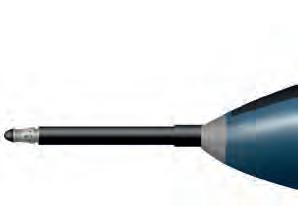







The rst XF9F-2 ew on November 24, 1947, but the rst XF9F-3 would not follow till August 16, 1948. The Navy ordered 47 F9F-2s and 54 F9F-3s but when they began to arrive in 1949 found that the F9F-2 offered superior performance while the F9F-3s were plagued with technical problems. Most F9F-3s were later retro tted with the J42.

Named ‘Panther’ by Grumman, the new type had a tricycle undercarriage, foldable wings with aps on both leading and trailing edges, and straight tailplanes high up on the tail n. The intakes for the centrally-mounted engine were in the wingroots. Total fuel capacity with tip tanks was 923 gallons. The pressurised cockpit featured an ejection seat and
Grumman, foldable wings with aps on both leading fuel
